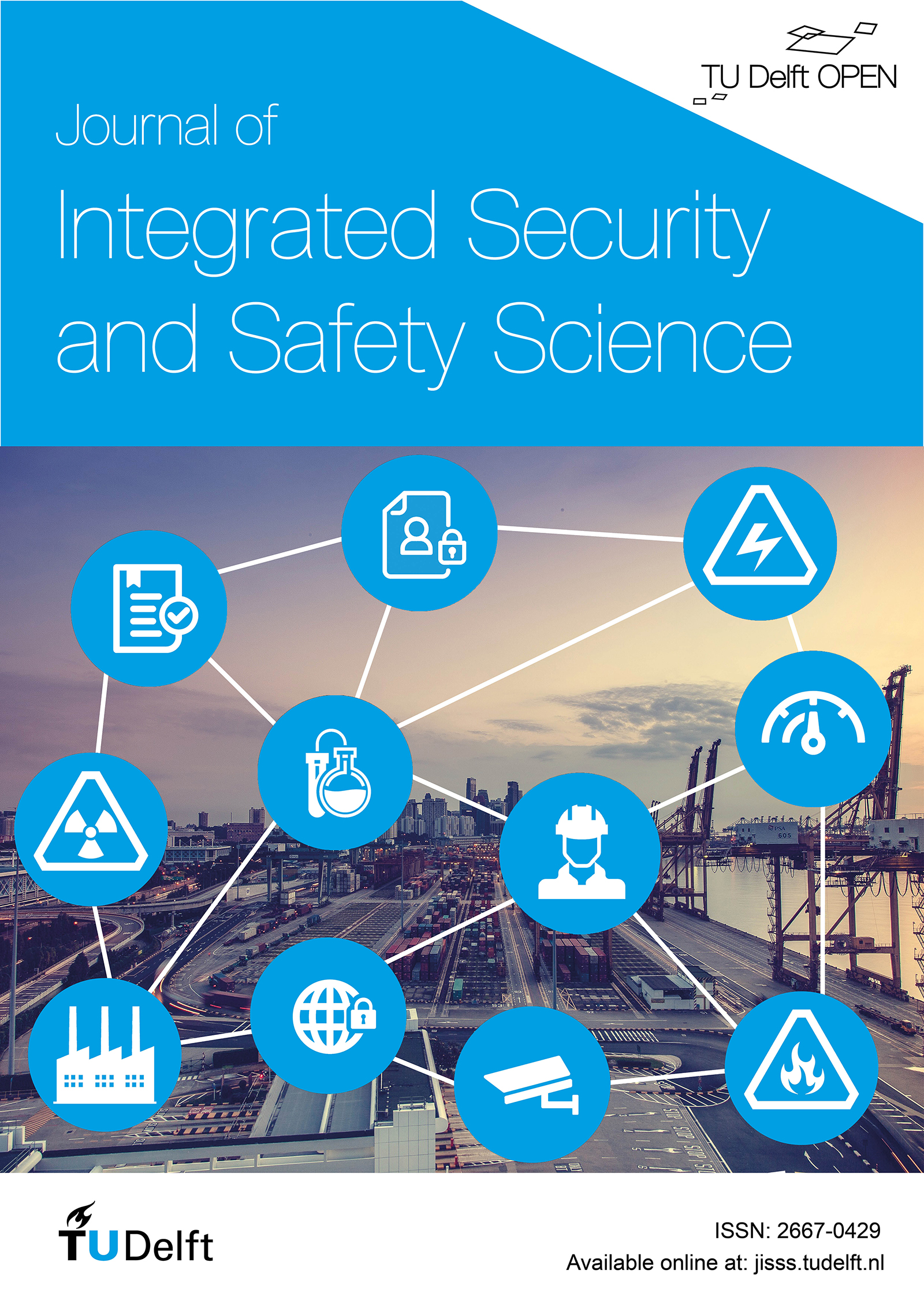Curtailing invisibility of health and safety risks
DOI:
https://doi.org/10.18757/jisss.2022.1.6152Abstract
Risk control in many areas in society is based on known danger and avoidance of predicted accidents. Between accidents as predicted and accidents as they actually occur, there is a gap however. This gap hides a multitude of relevant safety information which might therefore not be considered in safety management systems, risk inventories and accident scenarios. Hence, it might help to pay attention to the gap of "invisible" phenomena and mechanisms and study the concept of "invisibility". Wondering about the role of invisibility in this respect, the authors explore literature using a scoping review approach, in search of invisibility concepts: ways in which full or partial invisibility exists in a variety of areas relevant to safety. Some 202 of such concepts are found. They can be grouped into 22 frequently found types of invisibility, each capable of hiding relevant safety information. Using a theoretical object-path-observer model, deconstruction of invisibility concepts into their constituting parts, and a proposed systematic combination process, an inventory with many more invisibility concepts can be generated than presently found in literature. This provides a new tool to search for currently hidden safety information and scenarios in the gap. Several examples of newly generated scenarios are discussed. The methodical limitations of this study make the current results indicative only. Both the 22 most frequently found invisibility types and the generation of new object, path and observer property combinations are recommended for use in safety management practice. Further research is recommended to gather more complete data for justification of an invisibility concepts classification.
Downloads
Published
How to Cite
Issue
Section
License
Copyright (c) 2022 Paul Lindhout, Genserk Reniers

This work is licensed under a Creative Commons Attribution 4.0 International License.


